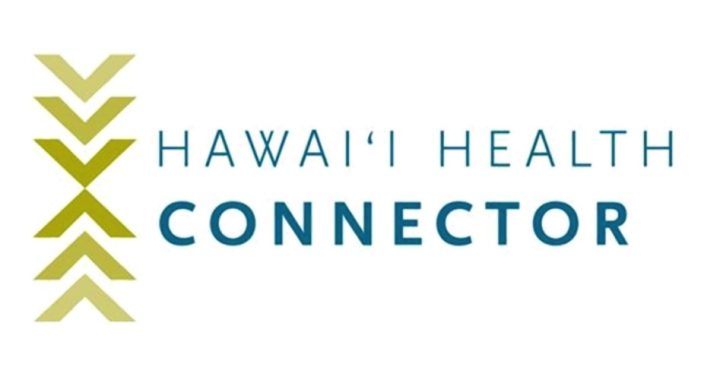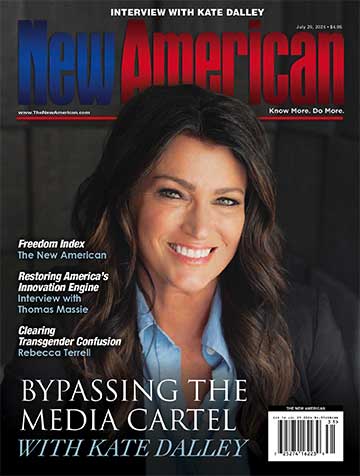
Is Hawaii’s ObamaCare exchange set to go the way of Oregon’s? And are other states likely to follow suit? The answer to both of these appears to be yes, though officials are, of course, trying to put on a good face.
The Hawaii Health Connector, one of 17 exchanges established by states and the District of Columbia, got over $204 million from the federal government to get up and running, but now it doesn’t have enough money to continue operating. Its income is derived from a two-percent fee on each insurance policy sold through the exchange (set to increase to 3.5 percent in July). Unfortunately, the Connector, like so many other exchanges, has failed to enroll a sufficient number of individuals to meet its financial obligations — about 37,000, slightly more than half its target of 70,000.
The exchange does have $70 million in federal funds still in its coffers, but all exchanges are supposed to be self-sufficient as of this year, and they are not permitted to spend surplus startup grants to cover any shortfalls. That has not stopped many exchanges from doing so without repercussions, but Hawaii’s exchange has another problem: It still can’t communicate with the Medicaid system, making it difficult to determine individuals’ eligibility for subsidies. As a result, reported the Honolulu Star-Advertiser, “the federal government subsequently restricted grant money to support the Connector and moved to take over its IT functions to allow residents to enroll in coverage through the federal marketplace.” This, in turn, “is affecting the Connector’s ability to improve its technology, which has been a problem for users since its inception in October 2013” — a difficulty common to the exchanges. (Governor David Ige is negotiating with the Obama administration to lift the restrictions on the grant money.)
The Connector turned to the state legislature for assistance to the tune of $10 million. Lawmakers initially slashed that almost in half, to $5.4 million, and then settled on a mere $2 million. That, said the Connector’s executive director, Jeff Kissel, “was an enormous vote of confidence” in the exchange, leaving observers wondering just what a vote of no confidence would look like.
Kissel, however, has to keep up appearances because his job is on the line if the exchange folds, as it appears increasingly likely to do. The Star-Advertiser obtained a copy of a contingency plan the Connector submitted to the Centers for Medicare and Medicaid Services (CMS) on May 11. That plan calls for the exchange to transfer its technology to the state by September 30 and to drop all its employees by February 28.
“Staff reductions will commence immediately, with the executive director exiting once the bulk of operational activities end,” the plan said. “If the state cannot facilitate an orderly transition, the Connector’s operations will abruptly end, as the Connector does not have the resources to continue operations.”
“Under the contingency plan,” wrote the Star-Advertiser, “Connector functions would be transferred to the state so that the roughly 37,000 enrolled on the exchange would not lose their coverage. However, residents would have to re-enroll in healthcare.gov to ensure coverage next year.”
Another reason to turn things over to the feds: If the exchange can’t communicate with Medicaid by November, the Obama administration could withhold an estimated $1 billion in Medicaid funding from the Aloha State, which has over 300,000 residents covered by that program.
If Hawaii’s exchange does go under, it will be the second in what promises to be a long line of state exchanges to do likewise. The Washington Post reported on May 1 that “nearly half” of the exchanges “are struggling financially, presenting state officials with an unexpected and serious challenge five years after the passage of the landmark Affordable Care Act.
Many of the online exchanges are wrestling with surging costs, especially for balky technology and expensive customer call centers — and tepid enrollment numbers. To ease the fiscal distress, officials are considering raising fees on insurers, sharing costs with other states and pressing state lawmakers for cash infusions. Some are weighing turning over part or all of their troubled marketplaces to the federal exchange, HealthCare.gov, which now works smoothly.
In March, Oregon became the first state to shutter its exchange completely, though it had already turned over many of its functions to the federal government last year after a huge website crash and a failure to enroll even a single person in coverage. Minnesota and Vermont — the latter of which is looking at a $200 million tab for its exchange by the end of the year — are considering following suit. Rhode Island, which up to now has had no plan at all for funding its exchange, is thinking about charging a fee on health plans that varies depending on the exchange’s operating costs. California’s exchange, often touted as an ObamaCare success story, expects to end up almost $80 million in the red this year; its executive director said in December that there are concerns about the “long-term sustainability of the organization.” Nevada and New Mexico haven’t officially closed their exchanges yet, but both are currently relying on Healthcare.gov to enroll their residents because of technical problems and astronomical costs.
Even turning over the reins to the feds comes at a price: about $10 million per exchange, Jim Wadleigh, executive director of Connecticut’s exchange, told the Post. Hawaii’s bill, according to the Star-Advertiser, will come to three times as much.
Hawaiian officials, conjuring the ghost of Mark Twain, are insisting that despite the lack of funds and the contingency plan, the reports of the Connector’s death have been greatly exaggerated.
“The state submitted a draft corrective action plan to the Centers for Medicare & Medicaid Services on May 11, 2015,” Ige spokeswoman Jodi Leong told Pacific Business News. “The CMS will review the draft and provide feedback to assist the state in finalizing the plan. No dates have been set for further action.”
“There are other states that are using the federal healthcare.gov website on a temporary basis while they build on their own technology,” Kissel said. “That option is open to us, but whether or not we do the same has not been decided yet by the administration.”
He also asserted that the contingency plan is necessary “to ensure that we are ready” if the exchange runs out of money, “but that doesn’t mean that we’re heading for disaster.” In fact, he told Pacific Business News that there is “absolutely not” any cause for alarm at this time.
Tell that to the folks with the green eyeshades who are staring down massive deficits, not just in Hawaii but all across the country. Tell it, too, to those who thought they could bring the ObamaCare behemoth to heel by pouring taxpayer dollars into fancy technology. As Phil Kerpen, president of the think tank American Commitment, put it, “There is a vitally important lesson here. A bad policy idea must be opposed, full stop. There is no good way to implement Obamacare; states can’t do it any better than the feds, but they can discredit themselves badly by trying.”




